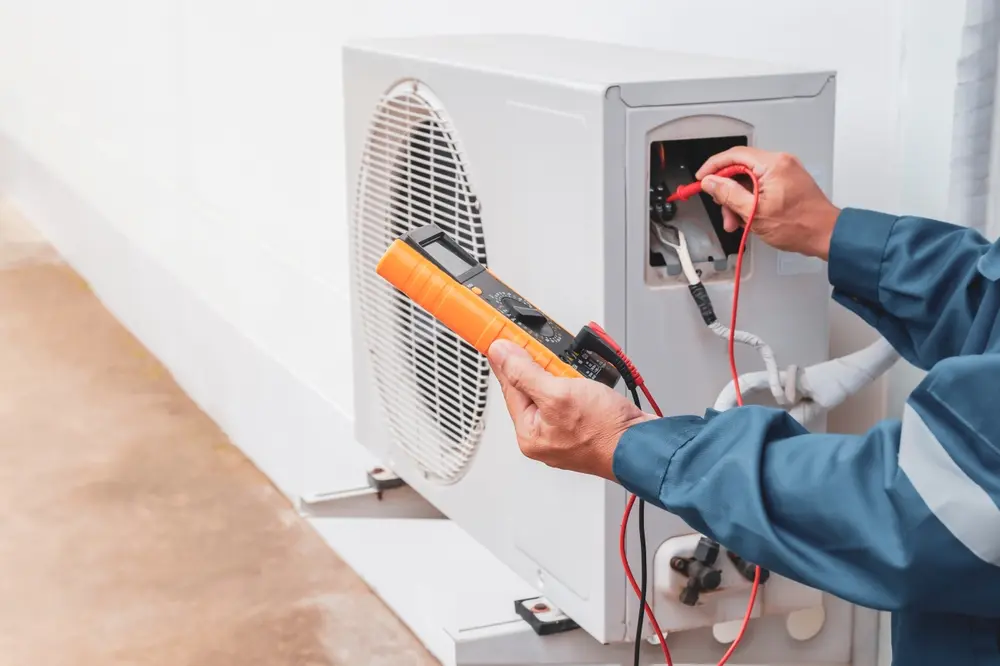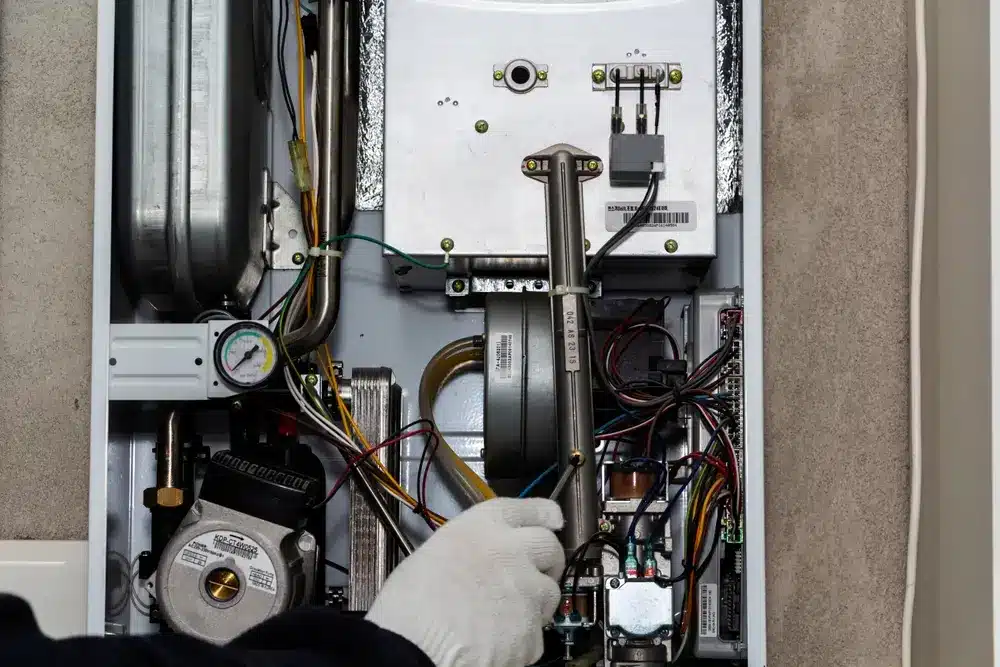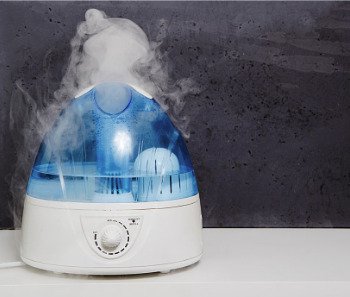Blog
What Is HVAC Zoning? A Complete Guide to Zone Control Systems
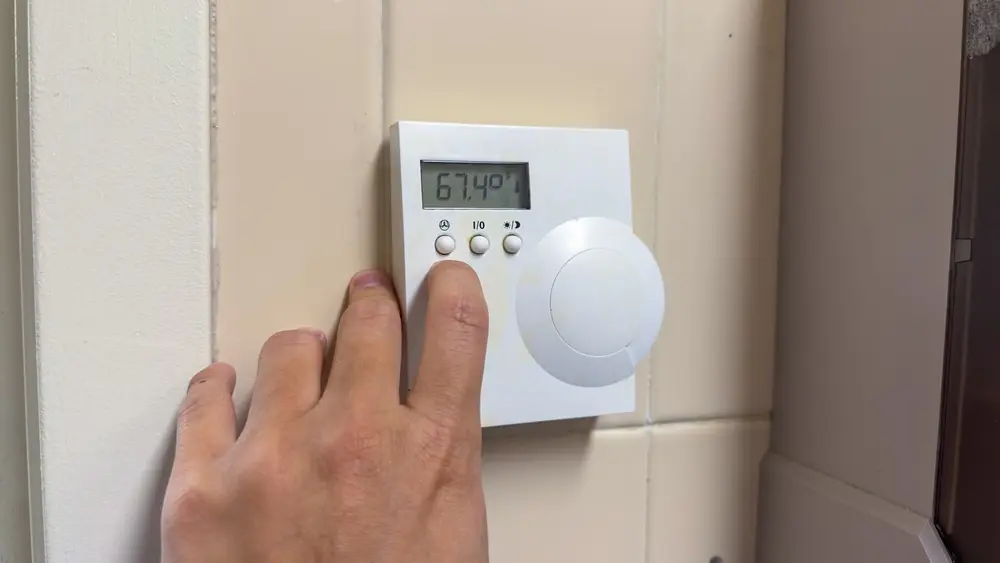
Does your home always seem to have one room that’s too hot or another too cold? Temperature imbalances are a common issue, especially in homes with multiple floors, open layouts, or large windows. One of the most effective ways to solve this issue is through HVAC zoning.
Zoning divides your home into separate areas, or “zones,” each controlled by its own thermostat. Instead of heating or cooling your entire house as a single unit, a zoning system lets you customize comfort where it’s needed most, reducing heating and cooling costs by up to 30% (U.S. Department of Energy).
In this guide, we’ll explain how HVAC zoning works, break down its key components, and help you decide if it’s the right solution for your home.
What is an HVAC Zoning System?
An HVAC zoning system is a heating and cooling system that allows you to set customized temperatures in different parts of your home. It uses dampers in ductwork to regulate and direct airflow to each zone or area of the home.
Each zone is controlled by its own thermostat, which communicates with your central HVAC system to direct airflow where it’s needed and away from where it’s not.
This setup addresses one of the greatest drawbacks of traditional HVAC systems: a single thermostat attempting to regulate the entire home, regardless of room usage, sunlight exposure, or layout.
Zone heating and cooling systems are especially helpful in homes with uneven temperature distribution, multi-story designs, finished basements, or rooms that get more sunlight than others.
How Does It Work?
HVAC zoning utilizes a series of thermostats, ductless mini-split systems, or electronic dampers, along with a control panel, to manage the distribution of cooled air throughout your home.
When you change the temperature on a thermostat in one zone:
- The thermostat sends a signal to the control panel.
- The control panel opens or closes motorized dampers inside the ductwork.
- Your HVAC system delivers heating or cooling only to the zones that need it.
By controlling airflow this way, zoning reduces energy waste and helps maintain consistent comfort in every part of your home.
Key Components
Most zone control systems have three main components:
- Thermostats: Each zone has its own thermostat to monitor temperature and send commands. Many homeowners choose smart thermostats that can be programmed or controlled remotely for added convenience.
- Dampers: Installed in your home’s ductwork, dampers are like valves that open and close to control airflow. They direct heated or cooled air to specific zones based on real-time needs.
- Zoning Control Panel: This panel connects the thermostats and dampers, acting as the system’s control center. It interprets temperature settings from each zone and adjusts damper positions accordingly.
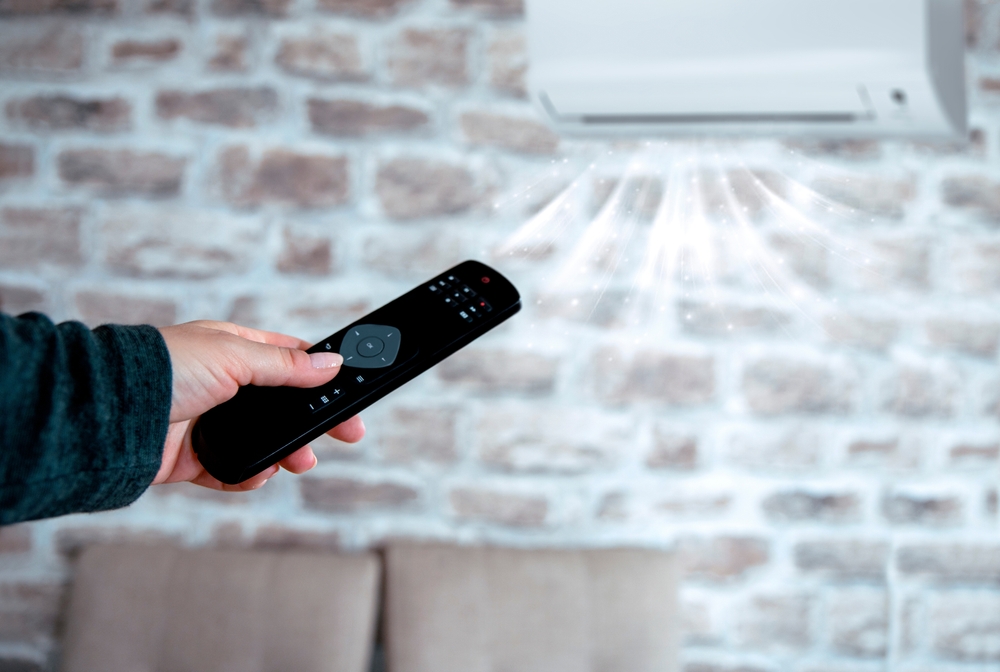
Is a Zoned HVAC System Right for Your Home?
Looking for a custom cooling solution but unsure if HVAC zoning is the right fit? While not every home needs a zoning system, certain features make it an ideal candidate.
If your home includes any of the following characteristics, a zone control system could significantly improve comfort and energy efficiency:
- Multi-level layout: Upper and lower floors often heat and cool at different rates, making it difficult for a single thermostat to maintain a consistent temperature throughout the home.
- High ceilings: Vaulted or cathedral ceilings allow warm air to rise and collect, leading to temperature imbalances in rooms with tall spaces.
- Large or sun-facing windows: Rooms with extensive window exposure can overheat during the day due to direct sunlight, making them uncomfortable without targeted cooling.
- Uneven room temperatures: If some rooms in your home are consistently hotter or colder than others, zoning allows you to address those inconsistencies directly.
- Sunrooms or bonus rooms: Occasionally used spaces like sunrooms, home offices, or guest rooms benefit from independent temperature control, helping save energy when they’re unoccupied.
Benefits of Installing a Zone Control System for Your Home
A zone control system offers smart, practical advantages that can transform the way your HVAC system operates. Here are some of the most impactful benefits:
- Improved energy efficiency
- Lower operating costs
- Improved indoor air quality
- Reduced wear and tear on your HVAC system
- Quieter operation
- Enhanced temperature and humidity control
By heating or cooling only the areas in use, zoning reduces energy waste, lowers utility bills, and extends the lifespan of your HVAC system, requiring fewer repairs. It also improves air quality and humidity control in specific zones, while quieter operation makes it ideal for bedrooms or home offices.
Whether you’re trying to eliminate hot spots, make your home more energy-efficient, or just gain better control over your indoor environment, a zone control system delivers noticeable, everyday comfort.
Schedule a Zoning System Consultation
Is HVAC Zoning Worth it For Every Home?
While HVAC zoning offers many benefits, such as personalized comfort and potential energy savings, it may not be the right solution for every home. Zoning systems typically come with higher upfront costs due to added electrical work, more complex controls, and increased potential for maintenance or repairs over time.
If your home doesn’t have multiple floors, inconsistent temperature zones, or a need for customized heating and cooling in different areas, you may not see significant benefits from zoning.
In these cases, one of the following HVAC systems might be a better fit:
- Ductless Systems (Mini-Splits):
Ductless mini-split systems use individual indoor units to cool or heat specific rooms without the need for ductwork. Each unit operates independently, providing precise temperature control in its designated area.
They’re ideal for room additions, converted garages, or homes without existing ducts—and for anyone who only needs to condition one room at a time.
- Central Air Conditioning:
Central AC systems use a network of ducts to deliver consistent, even cooling throughout the entire home. They’re a great choice if you prefer uniform temperatures in every room.
Central systems are commonly paired with a furnace or heat pump to provide heating during colder months.
- Heat Pumps:
Heat pumps are versatile, all-in-one systems that both heat and cool your home by transferring heat, bringing warmth in during winter, and expelling it in summer. Best suited for mild to warm climates, they typically use ductwork to distribute air and are often paired with a furnace or air handler for supplemental heat in colder weather.
Zoning is usually most effective in larger homes with multiple floors, complex layouts, or varying heating and cooling needs across different areas.
For smaller or more open homes, the extra cost may not be worth the investment, especially when other efficient HVAC options can provide the comfort you need.
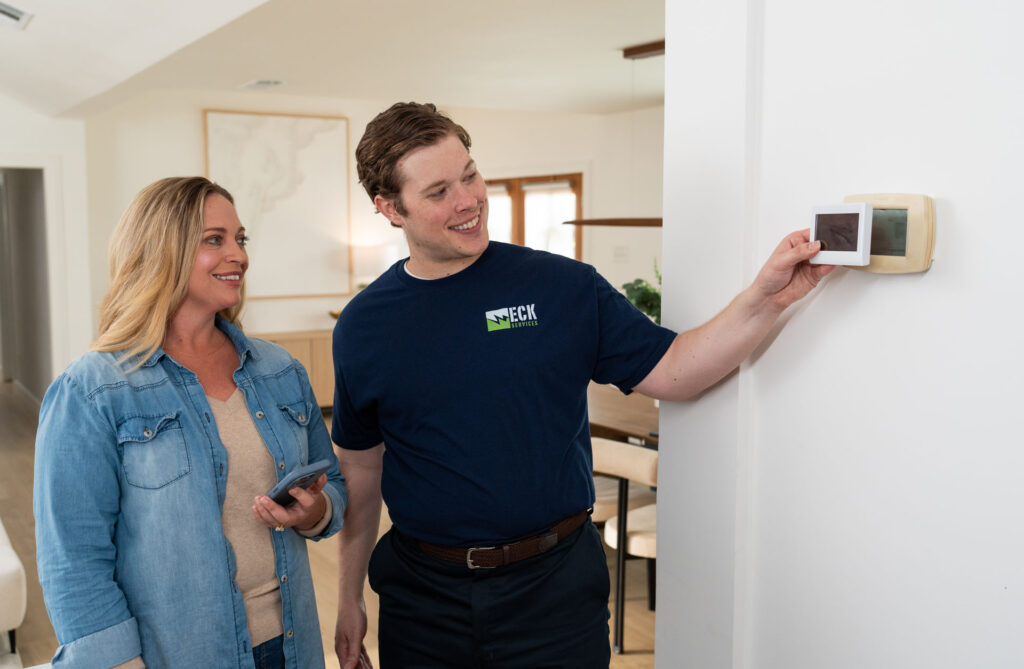
Take Control of Your Comfort with Zoned Heating and Cooling
If you’ve ever wished you could customize your home’s temperature room-by-room, HVAC zoning is your solution. It gives you greater comfort, more precise control, and energy savings by heating or cooling only the areas that need it, when they need it.
Whether you live in a multi-level home, deal with hot and cold spots, or simply want to reduce energy use, zoning can be a smart, long-term upgrade. And the best part? You don’t have to figure it out alone.
Eck Services specializes in innovative HVAC solutions, including thermostat upgrades, ductless mini-split systems, and heat pump installations. Whether you’re retrofitting your current system or planning something new, our team can help you take full control of your indoor comfort.
Ready to enhance your home's comfort and efficiency? Call Eck Services at (620) 220-1752 to schedule your HVAC zoning consultation and experience the difference of customized climate control.



